- Egypt spends $17 billion to build the largest green hydrogen base in the Middle East
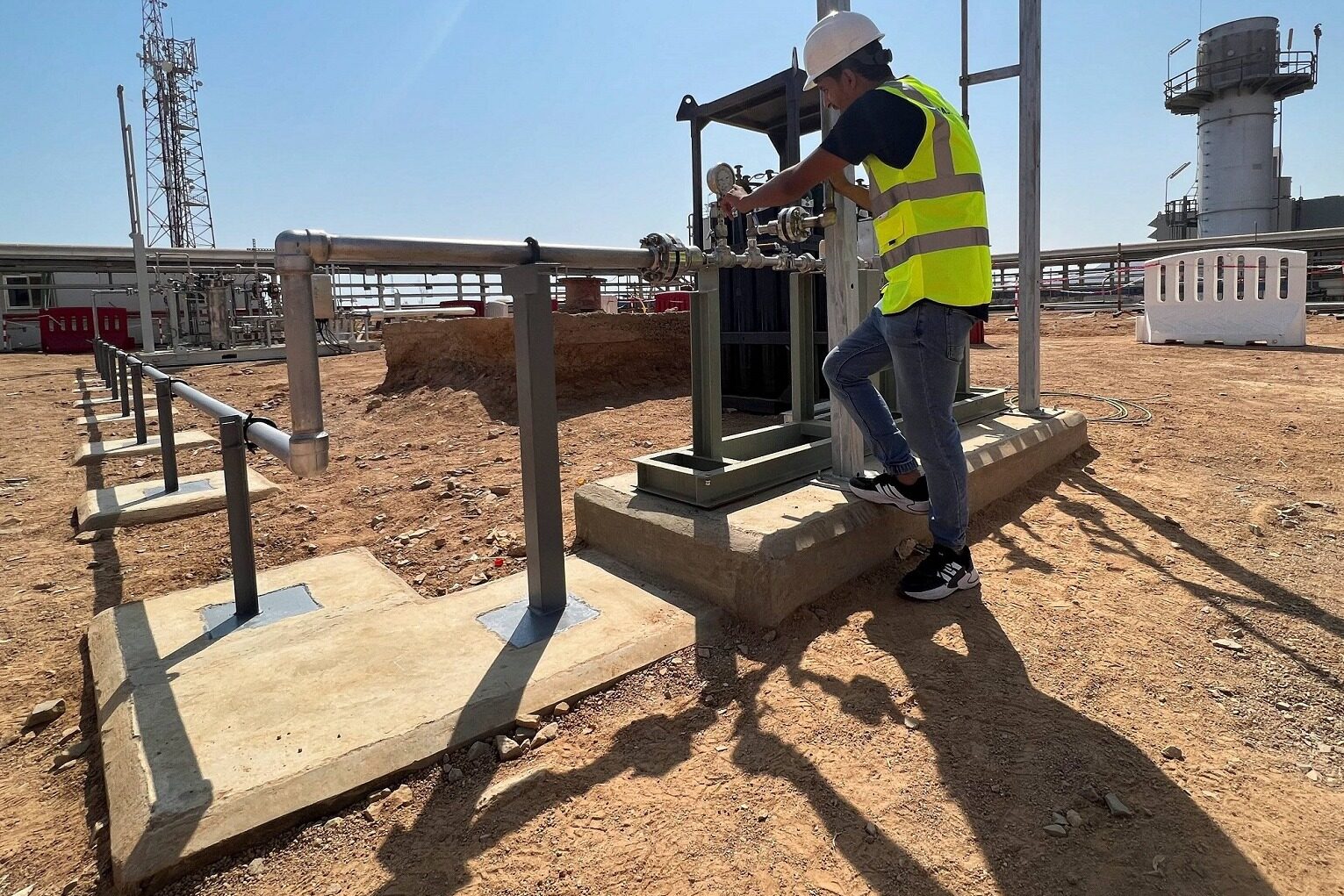
Egypt is advancing the hydrogen revolution at an astonishing speed. South Sinai Province is about to start building the largest green hydrogen plant in the Middle East, covering an area of 127 square kilometers, with a total investment of US$17 billion, and an annual output of 400,000 tons of green hydrogen. What is even more striking is that Egypt's new administrative capital will rise a landmark 50-story green hydrogen powered skyscraper, powered by "photovoltaic and green hydrogen" hybrid power supply. Construction is planned to start in 2025 and will become Africa's first benchmark for zero-carbon high-rise buildings.
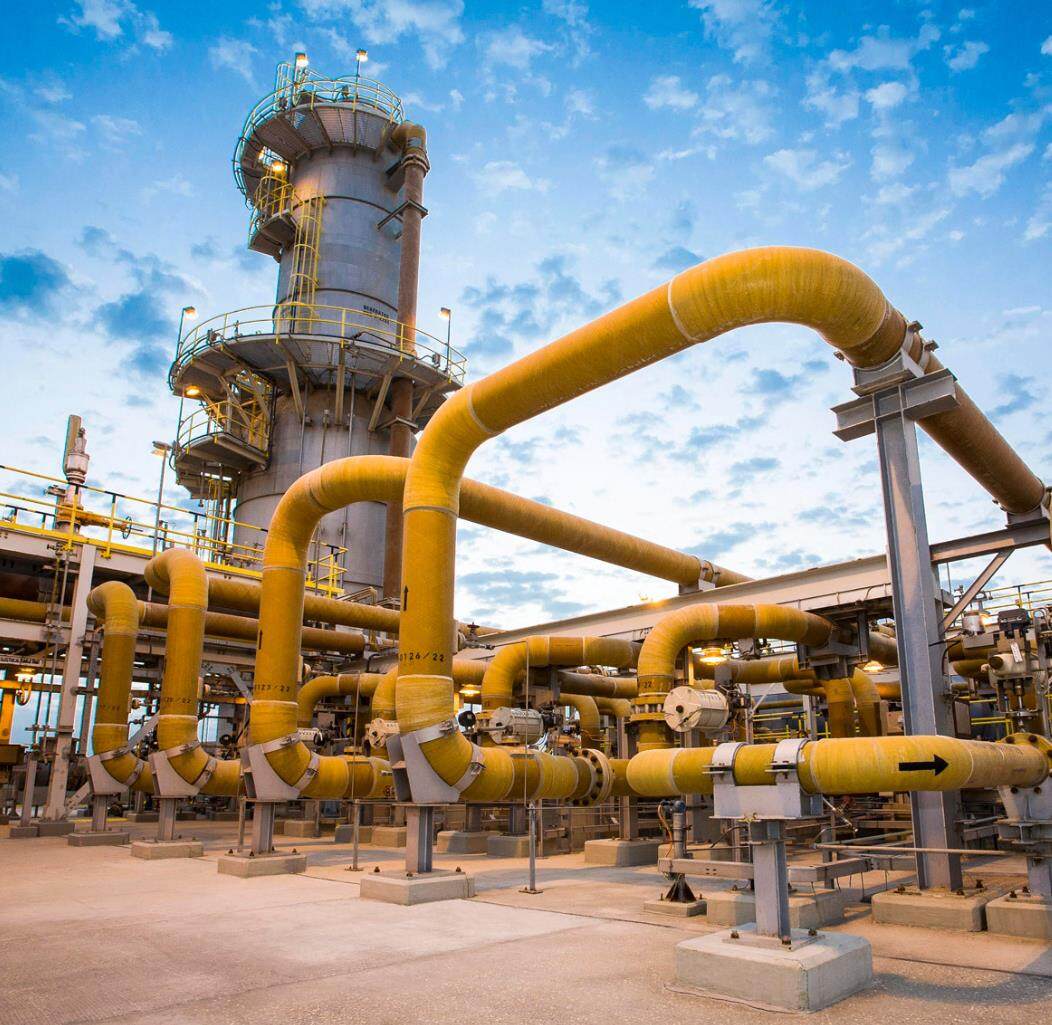
Super engineering leads the hydrogen energy revolution
Behind this series of actions is Egypt's carefully planned hydrogen energy strategy. The national hydrogen energy roadmap officially launched in August 2024 shows that Egypt's green hydrogen production capacity will reach 1.5 million tons by 2030, and will further increase to 5.8 million tons by 2040, with an estimated creation of 100,000 jobs and contributing GDP of US$18 billion. In order to attract investment, Egypt has launched the "strongest in history" incentive policy: tax reduction and exemption up to 55%, exempt equipment import tariffs, and implement full VAT exemption on green hydrogen exports.
Policy dividends activate the trillion-dollar market
International energy giants are scrambling to the Egyptian market. Abu Dhabi Future Energy Company, Norwegian Scatec and other companies have launched several projects. Chinese companies performed particularly well: China Construction Group and South Korean companies jointly constructed a 250 megawatt electrolytic water system with an annual output of 50,000 tons of green hydrogen; China cooperated with the French Air Liquefied Group to develop an ingammonia project. Egyptian expert Mustafa Shelbini pointed out in particular: "Chinese companies' EPC general contracting capacity and electrolytic cell technology are helping Egypt cross the key threshold for hydrogen energy industrialization."
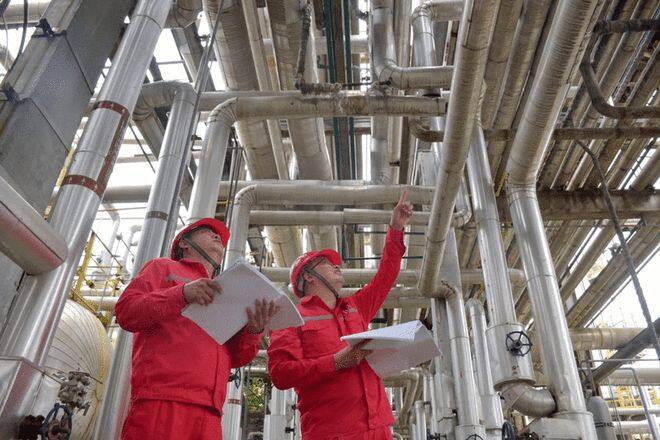
Chinese Enterprise Technology Cracking Industrial Bottlenecks
Technological breakthroughs have become the core support for project implementation. The Egyptian Green Hydrogen Building will adopt three innovative technologies: liquid organic hydrogen carrier (LOHC) to achieve safe storage and transportation, proton exchange membrane electrolytic cells improve hydrogen production efficiency, and intelligent microgrid systems optimize energy distribution. Most of these technologies come from localized research and development by Chinese companies in Egypt. For example, the "Desert Photovoltaic-Hydrogen Energy Coupled System" developed by China Construction Group can increase the solar energy conversion efficiency to 18%.
Analysts believe that the rise of Egypt's hydrogen energy has three strategic significance: First, it is to crack down on traditional energy dependence, and fossil energy still accounts for 90% of Egypt's power generation; second, it is to seize the initiative in the European green hydrogen market, and the location advantage of the Suez Canal has reduced transportation costs by 30%; third, China-Egypt cooperation model innovation, upgrading from infrastructure output to the overall output of "technical standards and financial services". With the formation of the Red Sea hydrogen energy economic belt, North Africa is becoming a new high ground for global energy transformation.(This article is from the official website of Seetao www.seetao.com. Reprinting without permission is strictly prohibited. Please indicate Seetao.com + original link when reprinting) Seetao.com Strategy Column Editor/Sun Fengjuan
Comment
 Praise
Praise
 Collect
Collect
 Comment
Comment
 Search
Search


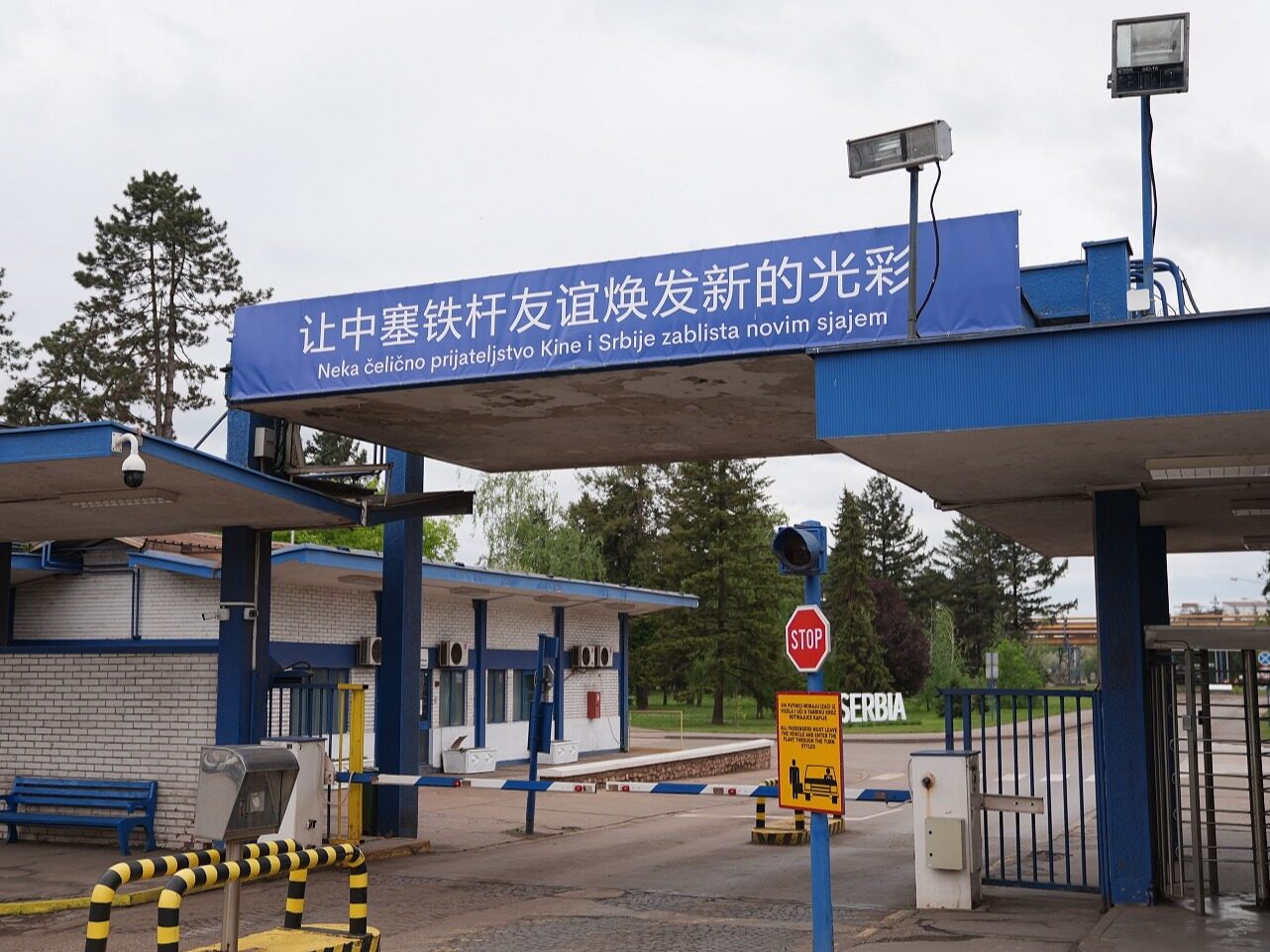
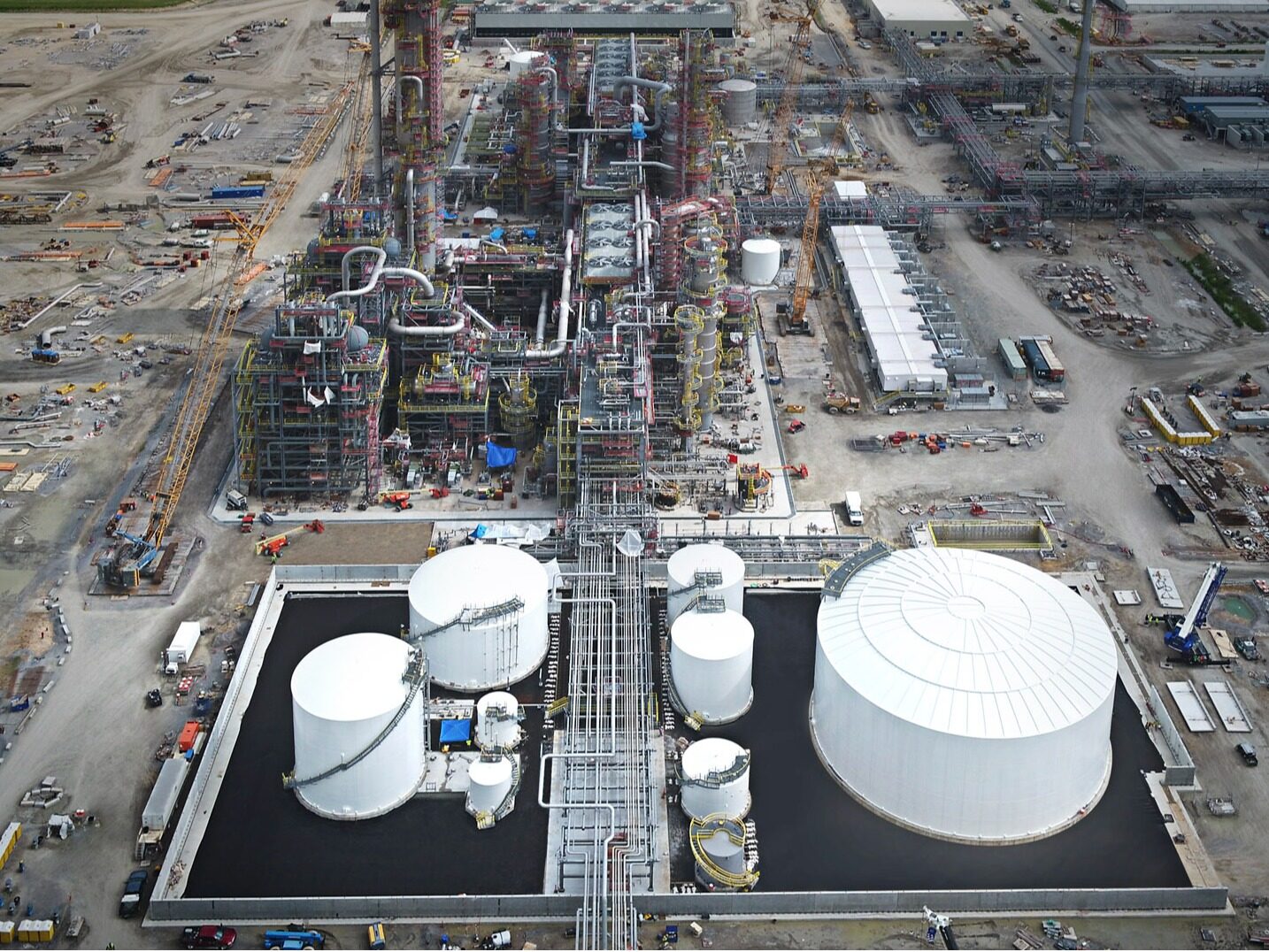
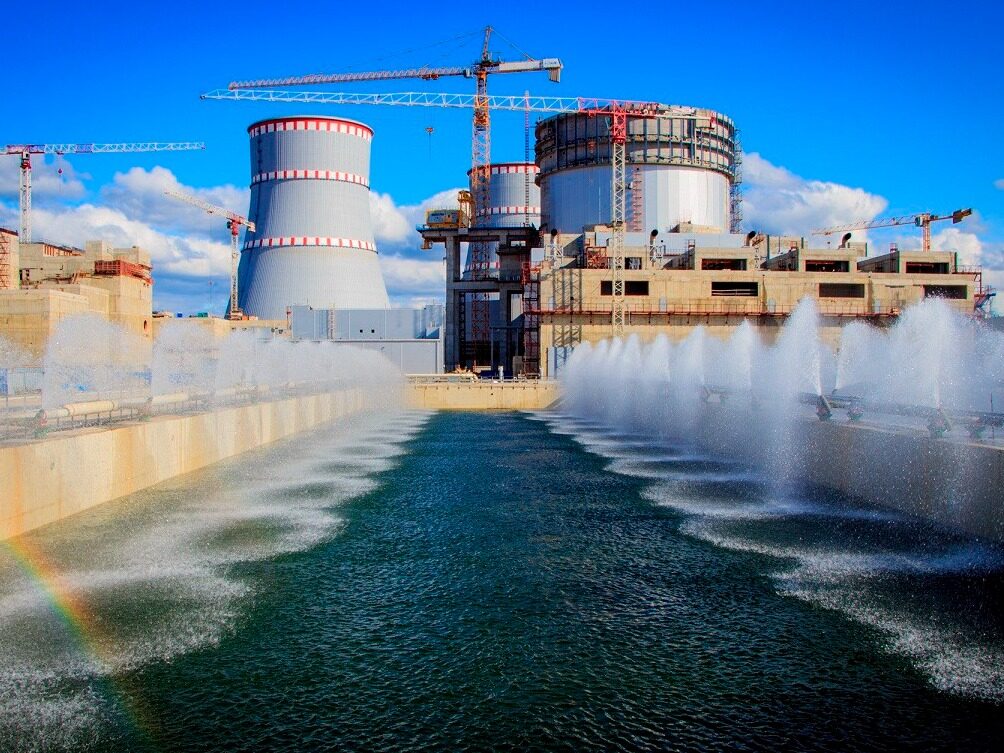
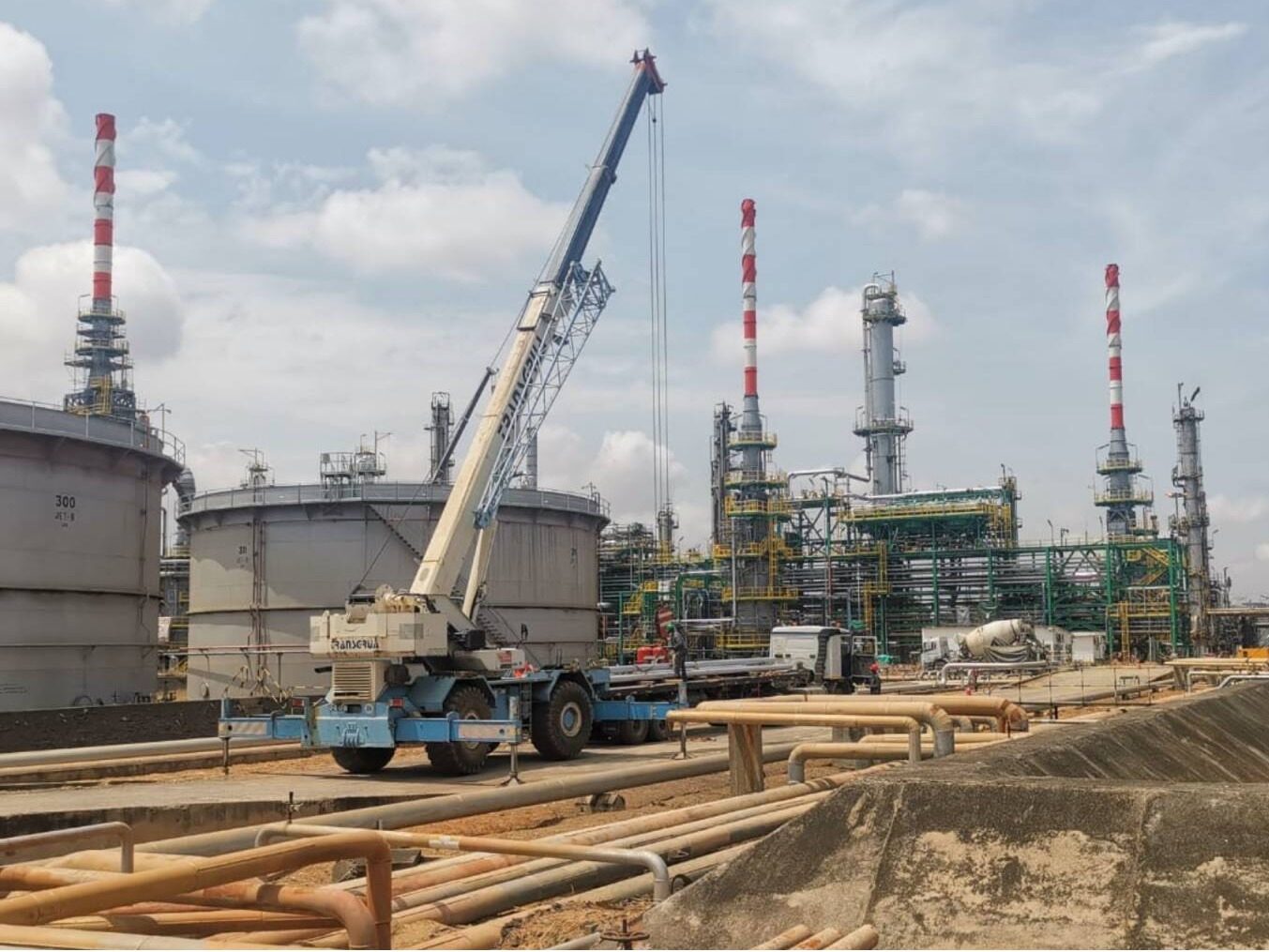
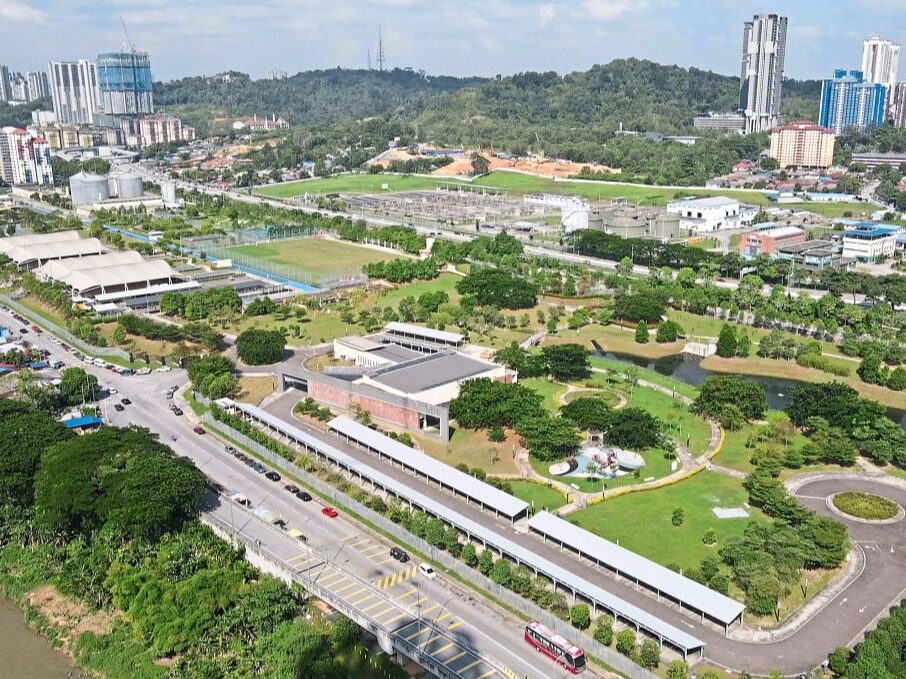
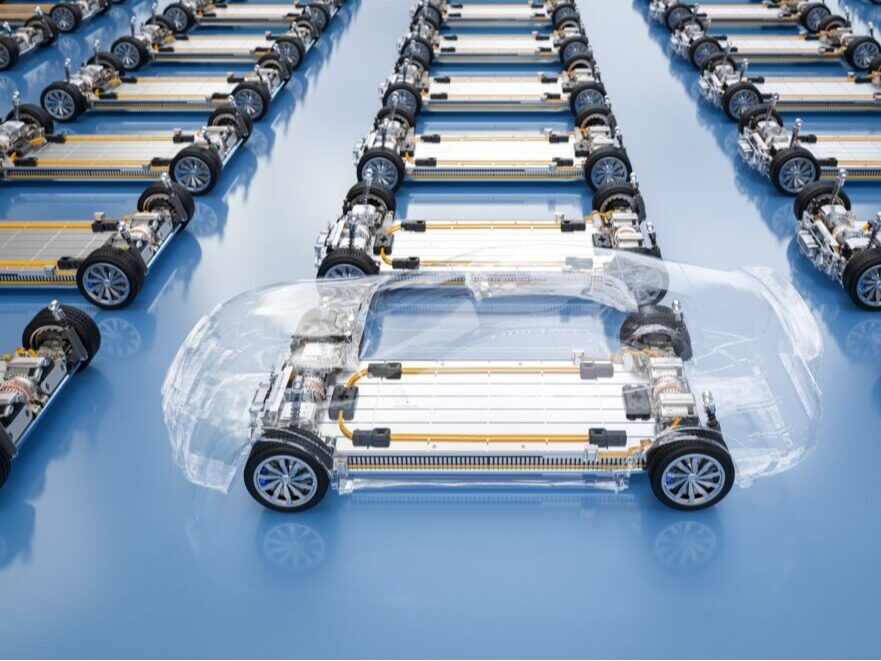






Write something~